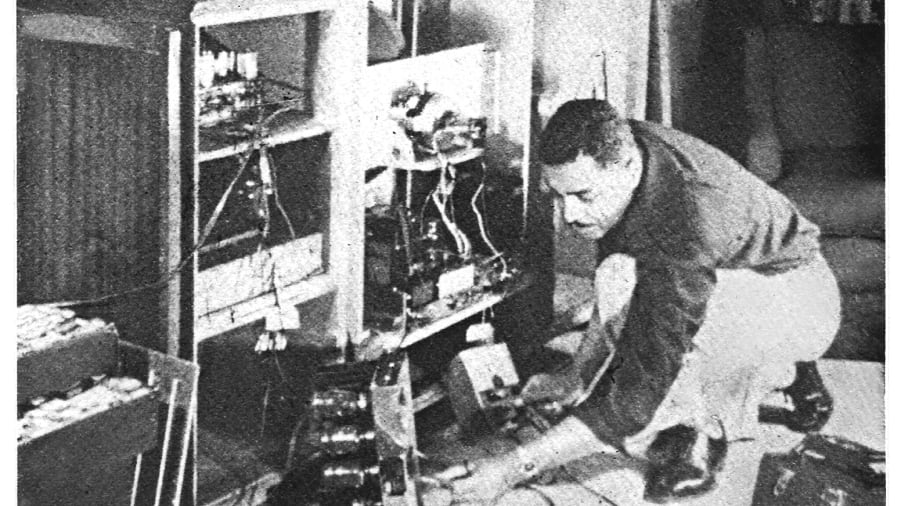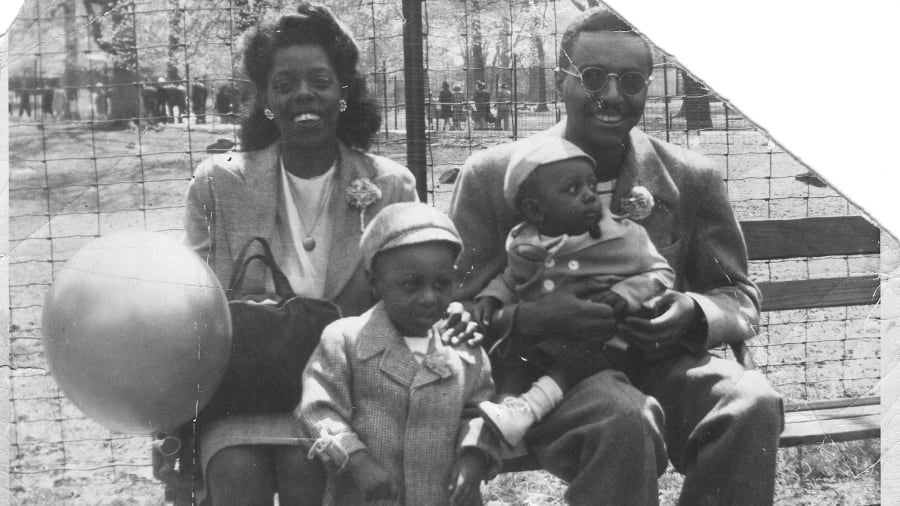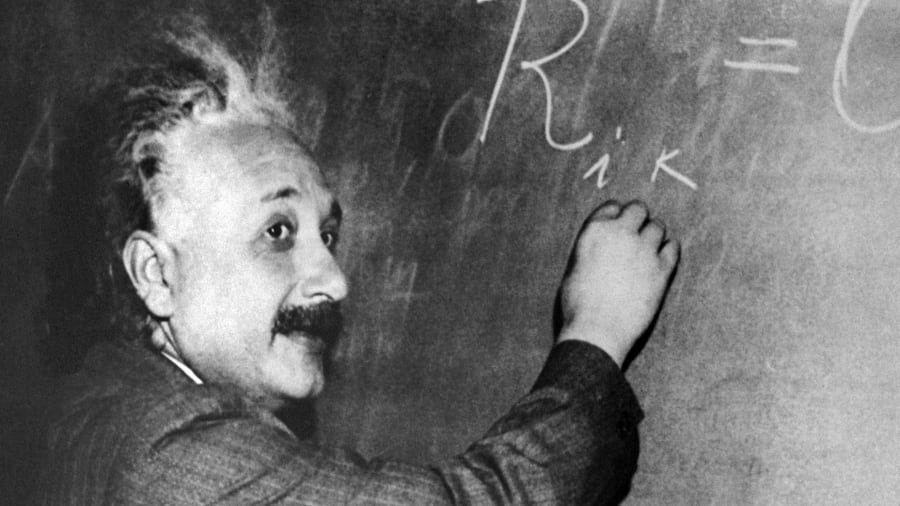Its possibility has fascinated many scientists and physicists including Albert Einstein whose theory of relativity is often cited.
The Milky Way galaxy is roughly 100,000 light-years wide, so light from its more distant stars can take thousands upon thousands of years to reach Earth.
“There’s nothing in Einstein’s theory that precludes time travel into the past, but the very premise of pushing a button and going back to yesterday violates the law of causality, or cause and effect. One event happens in our universe, and it leads to yet another in an endless one-way string of events. In every instance, the cause occurs before the effect. Just try to imagine a different reality, say, in which a murder victim dies of his or her gunshot wound before being shot. It violates reality as we know it; thus, many scientists dismiss time travel into the past as an impossibility.”
Ron Mallett is, however, not among those scientists skeptical about time travel to the past. In fact Mallett, an astrophysicist who has dedicated much of his adult life to the notion that time travel is possible has come up with the scientific equations and principles upon which he says a time machine could be created.
He does concede though that his theories and designs are unlikely to allow time travel in his lifetime.

Scott Eisen/Bloomberg via Getty Images
Mallett fresh from losing his beloved dad stumbled across an illustrated version of the classic sci-fi novel “The Time Machine.” It would set him on a path of discovery fueled first by author H.G. Wells and then Albert Einstein.
Today, he is a professor of physics at the University of Connecticut but a good part of his career has been investigating black holes and general relativity — the theories of space, time and gravity.
Young Mallett would go to college then enlist in the US Air Force, where he served for four years, including deployment to Vietnam. He gained a bachelor’s degree in physics, followed by a master’s and a doctorate, specializing in Einstein’s theory.
He worked on lasers at United Technologies, an aircraft manufacturer, looking into how they could be used to bore holes in the turbine blades of jet engines. Then a stint at the University of Connecticut (UCONN) as an assistant professor of physics followed.
Mallett right from Vietnam kept belief in the possibility of time travel alive even if his fingers were in different pies.
Aware of the “mad professor” stereotype, Mallett had been guarded only opting to speak publicly when UCONN made him a tenured professor, an open-ended academic position that grants holders the freedom to work largely free from fear of dismissal.
“I wanted to make sure that I got to that pinnacle of professionalism,” he told CNN.
Once people identified with his ambition, they started reaching out.

Courtesy Ronald Mallett
“People started contacting me, literally from all over the world about the possibility of going back in time,” he said.
On the real possibility of time travel, it all hinges on Einstein’s special theory of relativity and general theory of relativity Mallett noted, adding “to put it in a nutshell, Einstein said that time can be affected by speed.”
Mallett gives the example of astronauts traversing space in a rocket that’s traveling close to the speed of light. Time would pass differently on Earth than it would for the people in the rocket.
“They could actually come back finding out that they’re only a few years older, but decades have passed here on Earth,” he stated.
On how he hopes to be reunited with his deceased dad, Mallet proffered that Einstein’s general theory of relativity is based on the concept of gravity and how it’s affected by time.
“What Einstein meant by that is the stronger gravity is, the more time will slow down,” stated Mallett.
Einstein’s general theory of relativity said that what we call the force of gravity isn’t a force at all, it’s actually the bending of space by a massive object.
“If you can bend space, there’s a possibility of you twisting space,” opined Mallett.

Courtesy Ronald Mallett
“In Einstein’s theory, what we call space also involves time — that’s why it’s called space time, whatever it is you do to space also happens to time.”
Mallett continued that by twisting time into a loop, one could travel from the future back to the past — and then back to the future. And this is the idea of a wormhole, a sort of tunnel with two openings. Mallett suggested that light could also be used to affect time via something called a ring laser.
He’s created a prototype illustrating how lasers could be used to create a circulating beam of light that twists space and time.
“It turned out my understanding about lasers eventually helped me in my breakthrough with understanding how I might be able to find a whole new way for the basis of a time machine,” stated Mallett.
“By studying the type of gravitational field that was produced by a ring laser, this could lead to a new way of looking at the possibility of a time machine based on a circulating beam of light.”
Mallett’s also got a theoretical equation that, he argues, proves this would work.

AFP/Getty Images
“Eventually a circulating beam of laser lights could act as a sort of a time machine and cause a twisting of time that would allow you to go back into the past,” he stated. Although information can only be sent back to the point at which the machine is tuned on.
While his quest to go back to the 1950s isn’t anywhere closer to a reality, he remains optimistic, and continues to ponder possibilities.
While other astrophysicists and scientists are divided on the viability of Mallett’s time machine; he said he’s currently trying to get funds to conduct real-life experiments.
A proposed adaptation of “The Time Traveler,” an autobiography he co-authored in 2008, fell through despite the involvement of celebrated director Spike Lee. Mallett noted a major production company has now bought the rights to his story and there’s another cinematic project in the works.
Even after a lifetime spent investigating time travel, Mallet may never physically go back to 1950s New York but perhaps through the magic of cinema, he could reunite with his father.
“The idea I will actually be able to see my father on the big screen, it will almost be like bringing him back to life for me,” stressed Mallett, poignantly.
Mallett was aged 10 when his father died suddenly, of a heart attack, an event that the 74-year-old scientist says changed the track of his life forever.










